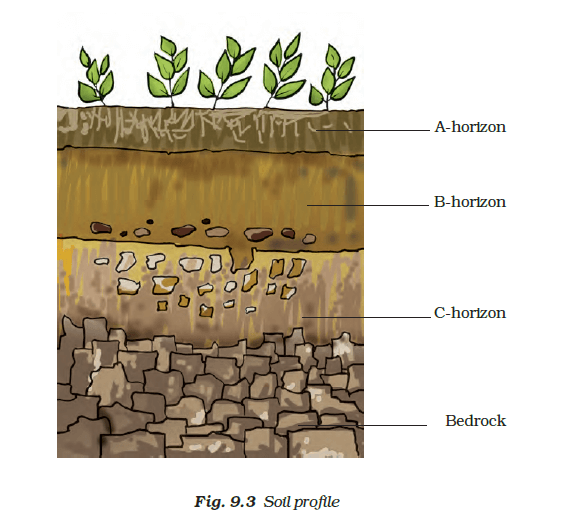Clayey soil is useful for crops for the following reasons
-
It has excellent water holding capacity
-
Clayey soil is rich in organic matter
-
Clayey and loamy soils are suitable for growing cereals like wheat
-
Water holding-capacity of clayey soil supports the growth of crops like paddy, which require more water to grow












